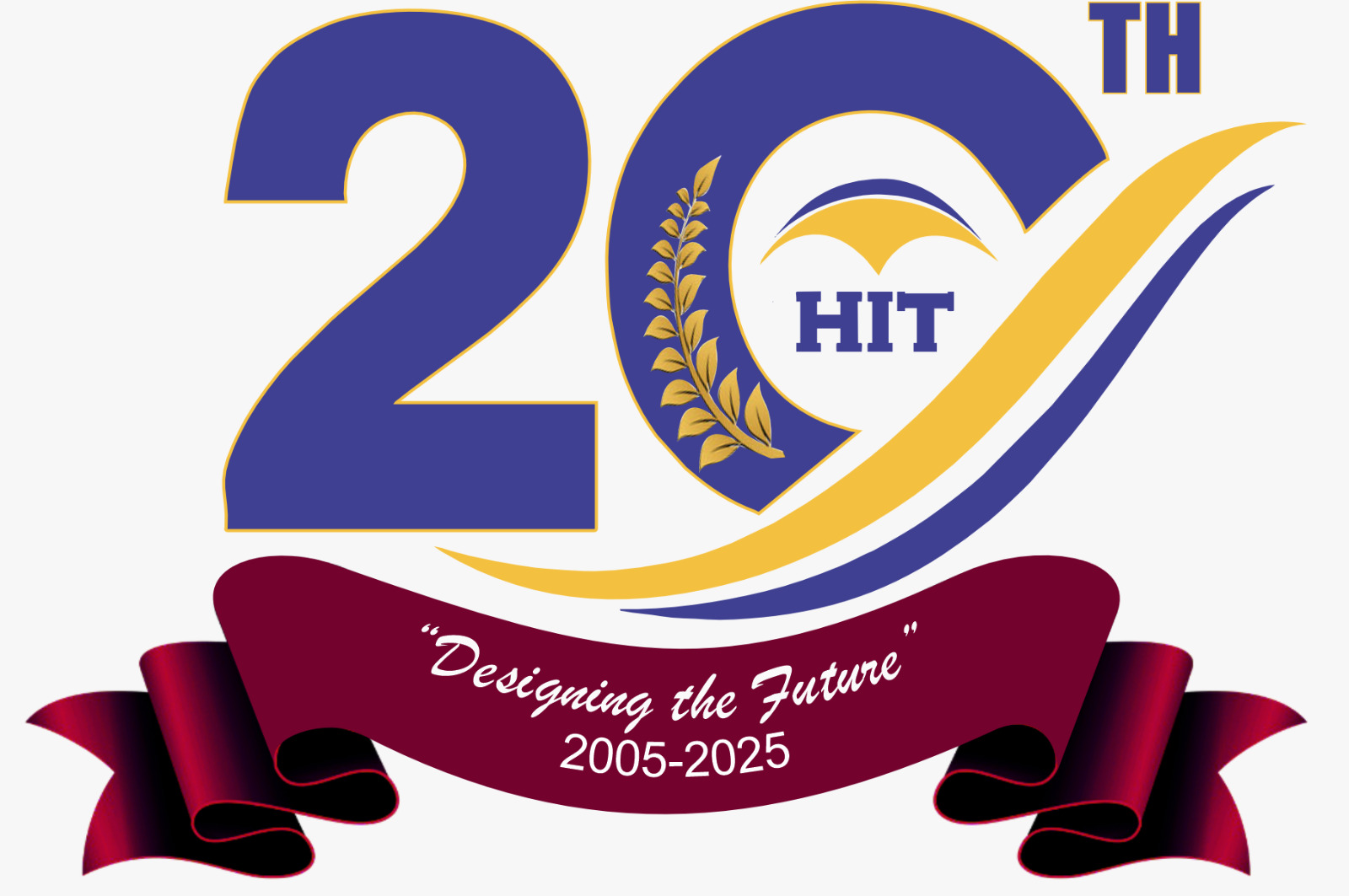EMRECC - Research Projects
Automated/Computer Controlled Intergrated Aquaponics, Hydroponics and Vermiculture Project
The Harare Institute of Technology (HIT) is developing an automated/computer controlled integrated aquaponics, hydroponics and vermiculture project. The system comprising of the three aspects will be housed in a 30m by 50m greenhouse infrastructure. A greenhouse is a structure that produces a microclimate ideal for plant growth. It can be used to start plants or house them throughout their life. The technology will enable plant sand vegetation growth throughout the year as it will be able to ensure have maintained climate of weather parameters to suit the various plants. The whole system is solar energy powered, i.e water pumping and ventilation. The infrastructure will be located within the HIT campus area and easily accessible for dropping in inputs and collection of harvest. The aim is to have a sustainable food generation and protection which is operational throughout the year. The vermiculture unit receives organic waste from the kitchen which is transformed into liquid and solid fertilizer and used as fertilizer in the hydroponics system. Fish droppings from the aquaponics are also used as fertilizer in the hydroponics unit. The worms from vermiculture are food for the fish. The symbiotic arrangement creates a closed loop. The ultimate produce is the fish and vegetables in the systems which are delivered to the community. The project addresses food protection, waste management and climate change issues as well as nutrition with the provision of organic vegetables.
Project Team
- Dr Phiri
- Mrs. Thamary Sengudzwa
- Mr. Urombo
- Engineer Duri
- Engineer Chirinda
- Engineer Masike
- Clive Nyapokoto
Expected Outcome
The interdisciplinary approach project is expected to deliver a quality result in sustainable development through the expertise of the various university experts. The system will be self-sustaining and from a sustainable power source which will be solar power. This greatly reduces the operation costs. The project will ensure fresh food generation and protection. Its location in the green house will result in year round production of fresh food which is from organic nutrients and provide a nutritional choice to consumers. Waste management challenges will be reduced as kitchen waste is consumed by the worms and transformed into fertilizer. Besides that the plants will be organic, the environment will be protected from the synthetic fertilizers impacts.
Scientific Conservation Irrigation Technology
The technology involves use of zero tillage, vermi-ferts, and thermal compost, mulch and conservation pots.
Diaper Waste Moisture Conservation Farming Technology
The technology involves the use of diaper wastewater as a water storage medium from rain water harvesting. The technology is designed to periodically release water as per plant water requirements. It also serves to manage the hygienic and sanitation problems of diaper waste through incentivisation.
Foul Run Biogas Heating Technology
The technology is a green initiative which involves the use of organic waste to generate methane gas. The gas is then used for heat foul runs and hatcheries for poultry production in control environments. The technology is meant to minimise or eliminate use of electricity which in the Zimbabwean context comes from thermal power stations. The elimination cascades to the reduction of associated climate change impacts of energy conversion processes.
Vermiculture—Hydroponics Fusion Technology
Hydroponics is a subset of hydroculture and is a method of growing plants using mineral nutrient solutions, in water, without soil. Vermi-technology is way of transforming biodegradable waste or organic material into vermi-ferts by the use of worms. Vermi-technology aids in sustainably managing waste and improves food security by provision of bio fertilizers. The fusion of the two technologies is required for food security, waste management and maximizing the limited water resources available.
Landfill Gas—Power Project
The project involves the capture of landfill gas from engineered sanitary landfills for use as a substitute for fuel wood and wood fuels. The gas is purified and used for domestic use and generation of electricity as a green technology in the renewable energy sector.

